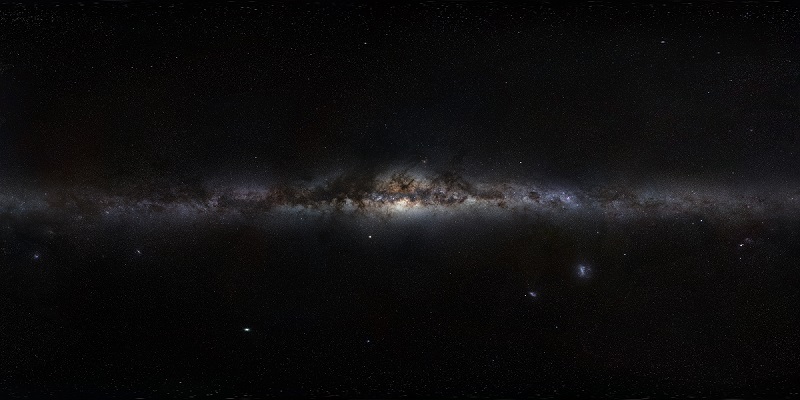
Miután egyik spirálkarján van a Föld is, egyáltalán nem mindegy, mi lesz a Tejútrendszer sorsa. Most pedig úgy tűnik, a jövő elég sötét lesz. Egyes tudósok szerint galaxisunk már milliárd évek óta halott.
Tökéletesen lehetséges, hogy a Tejútrendszer egy zombi, és milliárd évek óta halott
– jelentette ki Kevin Schawinski asszisztens professzor, a Swiss Federal Institute of Technology galaxisokat és fekete lyukakat kutató asztrofizikusa. Szerinte szomszéd galaxisunk, az Androméda is egy ideje halott már.
A galaxisok is képesek elpusztulni, írja Schawinski, azaz többet nem alakítják a bennük lévő gázokat születő csillagokká. Hogy ez pontosan hogyan és miért történik, még nem tudni. A galaxishalál egyik módja, a lassú és csendes halál érte utol a mi galaxisunkat is – ennek megfigyelése jó lehetőség a tudománynak.
Schawinski a galaxisok csillagképződését vizsgálta, amikor azt vette észre, a formájuk alapján fiatal galaxisok közt sok olyan fordul elő, ami hőképe szerint hideg. Hideg, azaz a csillagképződés megállt benne. A csillagok létrehozásához gázokra van szüksége egy galaxisnak, és a kutató szerint a gáz utánpótlásának megszűnése vezet a galaxis halálához.
A végüket járó galaxisok vizsgálata közben vette észre a hasonlóságot azok és a Tejút közt. Ugyanis bizonyos mértékű, lassuló csillagképződés még folytatódik az után is, hogy a galaxis gázellátása megszűnt. Erre az állapotra mondja Schawinski, hogy ekkor egy élőhalottról van szó.
Úgy tűnik, a következő évmilliárdokban most már csak egyre sötétebb lesz a Tejútrendszerből látható ég.
Forrás: The Conversation


